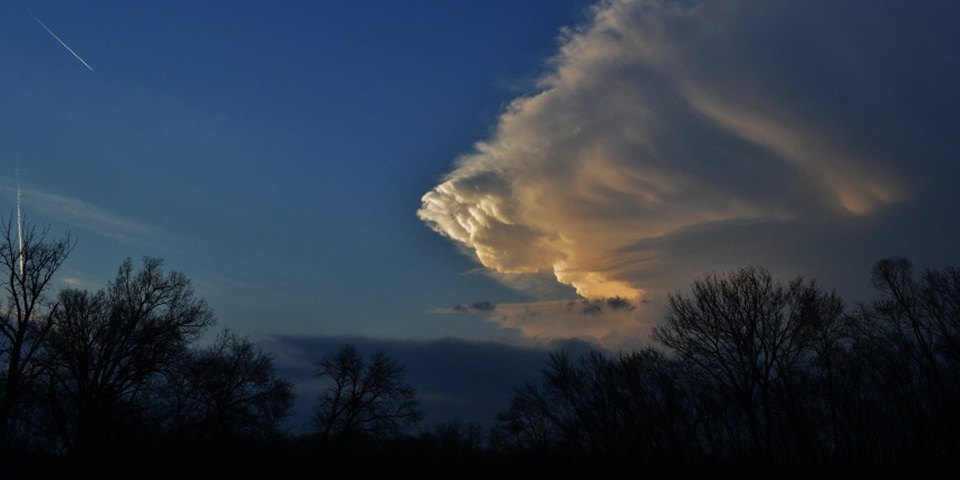News
Predicting the path of climate change

Murdoch researchers are investigating how the regional climate in southwest Western Australia is likely to change into the future.
The impacts of climate change on a global level are extensively studied. There are a range of sophisticated Global Climate Models used to find out how the climate of the globe will change in the future, depending on different greenhouse gas emission scenarios.
However, our understanding of what climate change looks like on a local level is more limited.
Improving this is crucial to effectively plan for changing environments, said Dr Jatin Kala, who is leading research into how the regional climate of southwest Western Australia is likely to change into the future.
“The global models have a spatial resolution of 150km to 250km. This means that in these models, Perth and Bunbury for example, would essentially have the same climate,” Dr Kala explained.
“To overcome this limitation, regional climate models can be used to downscale global climate models to much finer resolutions of 10km to 50 km, which is a lot more useful for decision making.”
At these finer resolutions, regional climate models can better resolve atmospheric processes which affect regional climate, such as sea-breezes, convective processes, the effects of land-use and topography on climate.
“For a Mediterranean climate such as that of southwest Western Australia, which experiences hot and dry summers and cool and wet winters, the extremes of continued global warming will be severe. That is why every fraction of a degree of warming matters. We don’t feel the mean temperature, what we feel are the extremes.”
Dr Kala contributed to the latest report from the UN’s Intergovernmental Panel on Climate Change on 1.5°C global warming, as a lead author for Chapter One of the report.
"The warming in different regions will not be linear. Many regions are already experiencing average temperature rises that are higher than 1.5°C, and when the globe is at 1.5°C, Mediterranean regions such as southwest WA will be a lot warmer," Dr Kala said.
"The hotter and drier conditions are already having disastrous impacts on those regions. Research has shown the combined marine and atmospheric heatwave of 2010-11 in southwest Western Australia had repercussions across the land and sea, wiping out native plants and animals, and causing damaging insect outbreaks."
The latest climate models show very strong agreement that the southwest of Western Australia will experience longer lasting and more intense droughts in the future, and this implies higher risks of bush-fires due to very dry fuel.
Dr Kala’s research into the local climates are being used to inform industry, agriculture and government authorities on environmental management practices.
This research supports the United Nations Sustainable Development Goal 13 to take urgent action to combat climate change and its impacts.
For research news delivered to your inbox, sign up to our monthly newsletter.